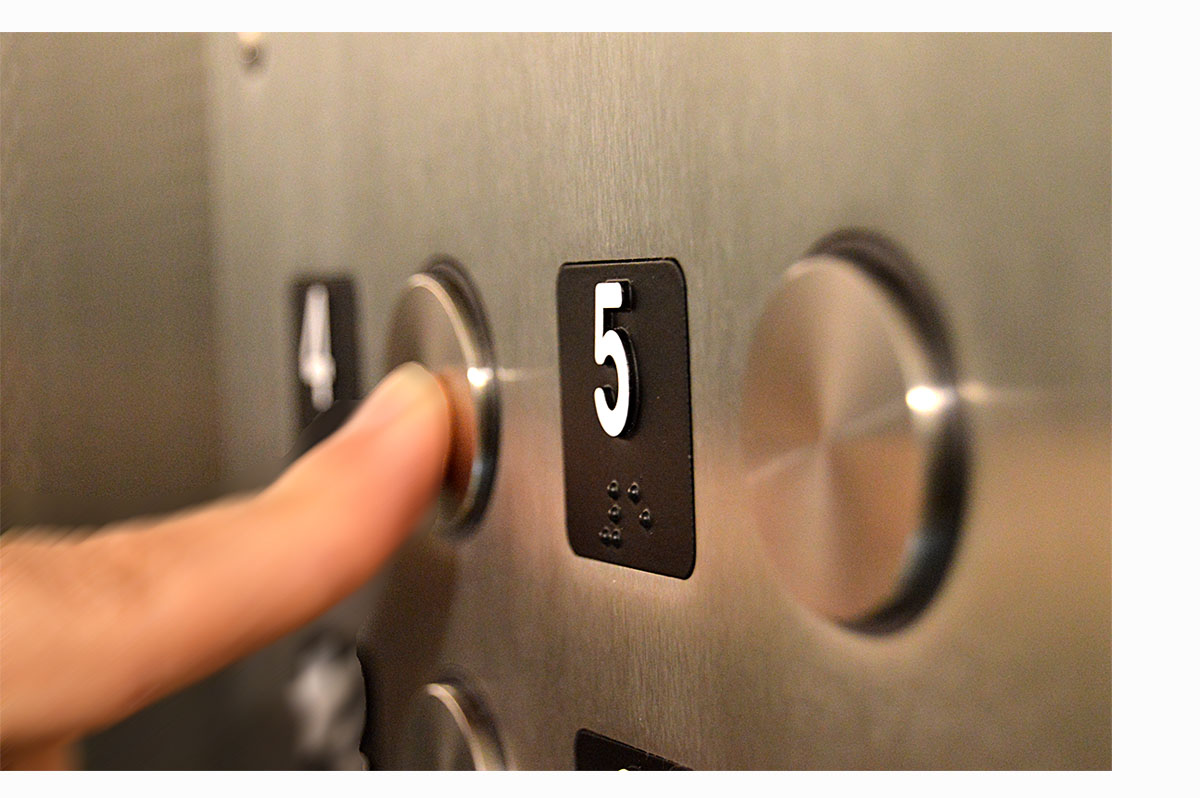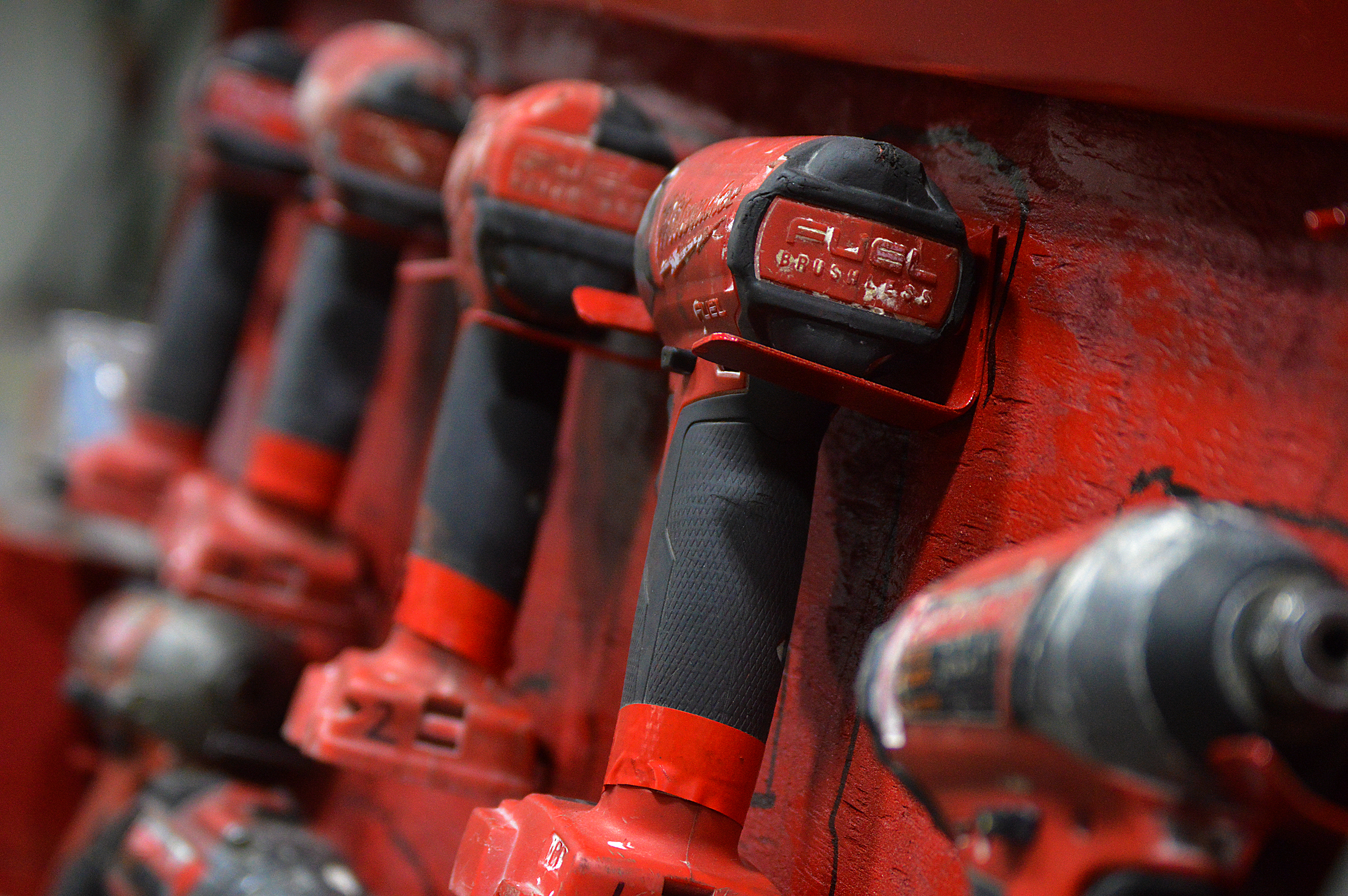
Tough Love
July 24, 2018
Elevator Tools
August 17, 2018Close the Door on Elevator Repairs

Finished floor.
Elevator doors open and close all the time. As a matter of fact, according to the Elevator History website, every three days, elevators worldwide carry the equivalent of the Earth’s total population. With a global population of 7.4 billion, that’s a lot of elevator trips! And that means there are lots of doors opening and closing.
Mechanically, elevator doors are very reliable, especially when you are considering the total use, but they can, and do, have failures. The good news is that not all problems with the doors means a catastrophic breakdown, and there are some very specific, easy and safe actions you can take if your elevator doors aren’t working as well as they could.
The simple maintenance tips below can help keep the elevator and its doors running smoothly without waiting for the elevator technician to show up. This is especially true if the problems include slow closing doors or doors that are staying open when they are supposed to close.
→ Clean the sill plate – The elevator door sill is the usually metallic plate that you step over every time you walk through the doors into the elevator car. What you may not have known is that this is not just a transitional piece of decoration. It is the actual track that the elevator doors slide back and forth on. A small plastic piece on the bottom of the door slides back and forth in the sill track, so a small rock or even heavy dirt build-up can cause the door to become jammed or slowed. The solution is a good cleaning. Use a soft brush or vacuum cleaner to make sure the track is debris free.
→ An obstruction is not the only thing to look for in the sill plate. Check for any sticky substances. Many times, because the sill goes unnoticed, building maintenance personnel don’t realize the groove in the sill plate is supposed to be clean. They see a brown goo in the track and think it has always been there or should be there. Especially in high traffic elevators such as hotels, we see tons of soda-pop spilled in the sill. This creates a sticky film that often gums up the works and can impede the door from opening and closing. This is a little harder to clean, but try some soapy water and a mild scouring pad.
→ In most elevators today, there are what looks like simple black plastic strips that are on the edge of the door and on the door jamb of the elevator car from the floor to the top of the door. These are more than just a single light beams like the old days. They generate an infrared light curtain that if interrupted by any object, tell the door to open. This is to prevent the door closing on people and reduce injuries. These infrared lights can be interrupted by dirt or wax build-up from the wrong type of cleaning fluid on the infrared sensors, paint or even something just hanging in the way and being blown into the light path. Give the black strips a good cleaning and make sure it is not blocked by anything. Be careful, though! Even heavy scratches can cause a false reading.
Of course, if you are not certain about what should be in the sill track or how to clean the components, call the elevator maintenance team you are contracted with and get a better explanation or schedule an appointment, but a good cleaning can go a long way in the operation of the doors. One thing for sure, we have seen all varieties of obstructions from pen caps and bottle caps to coins and pencils. All can stop the door from proper functioning.
Remember that if you add these cleaning tasks to the monthly building maintenance schedule, it should help keep the doors sliding like they should and close the door on some of the elevator repairs.



